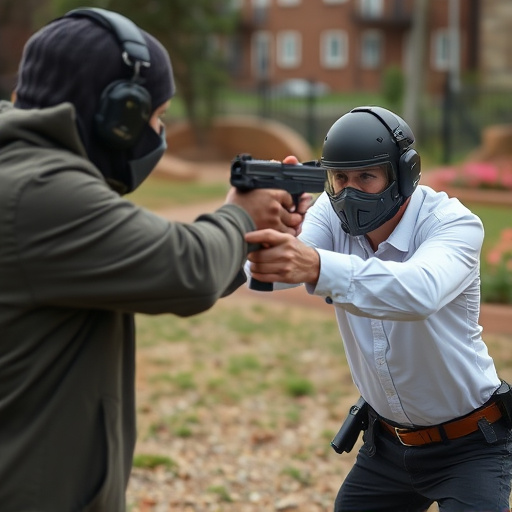Understanding electrical current's behavior in stun guns is paramount for optimal performance and safety. Proper charging techniques, guided by manufacturer recommendations, ensure even current distribution through compatible chargers, secure connections, and adherence to cycle and temperature limits. This meticulous care maximizes battery life, prevents damage, and ensures reliable shocks. Analyzing current spread patterns with specialized tools reveals waveform data crucial for precise charging, enhancing effectiveness while maintaining safety, especially in high-voltage systems. Following manufacturer guidelines, using certified chargers, inspecting cords, and avoiding extreme conditions are essential practices for proper stun gun charging, thereby ensuring both performance and user safety.
Electrical current spread patterns are crucial in understanding the effectiveness of stun guns. This comprehensive guide delves into the intricate world of electrocution, exploring how electrical currents behave within a stun gun’s design. We’ll dissect the factors influencing current flow, offering insights on optimizing charge for maximum impact. From grasping the basics of stun gun functionality to implementing safety precautions, this article ensures you’re armed with knowledge on both theory and practice, including tips on how to charge a stun gun properly.
- Understanding Electrical Current and Its Behavior
- The Basics of Stun Gun Functionality
- Factors Affecting Current Spread Pattern
- Measuring and Analyzing the Pattern
- Optimizing Charge for Maximum Effectiveness
- Safety Precautions and Best Practices
Understanding Electrical Current and Its Behavior
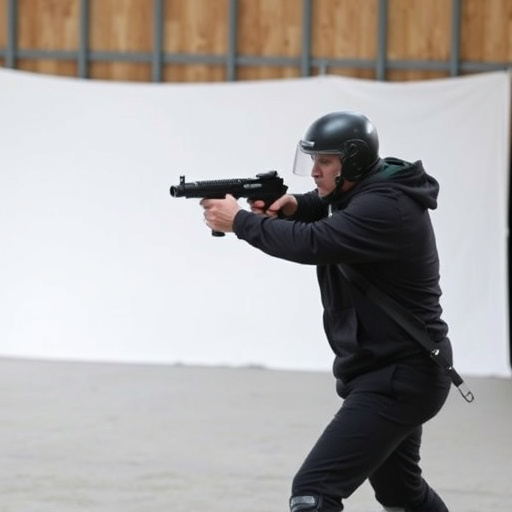
Understanding electrical current is fundamental to grasping its behavior, especially in applications like stun guns. Electrical current flows through a conductor, such as the wires in a stun gun’s circuitry, transferring energy from one point to another. The pattern of this flow—or spread—is influenced by factors like resistance, voltage, and the material of the conductor. In a stun gun, for instance, knowing how current spreads is crucial for optimal charging.
A proper understanding ensures the device delivers the intended shock effectively and safely. For example, when charging a stun gun, it’s essential to consider the circuit design and the materials used in its components. Following manufacturer guidelines on how to charge a stun gun properly—including using suitable chargers and maintaining good connections—ensures that current spreads evenly across the electrodes, maximizing impact while minimizing damage to the device or user.
The Basics of Stun Gun Functionality
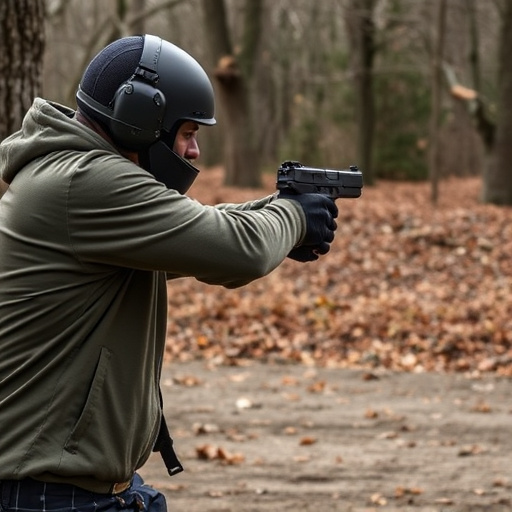
Stun guns, also known as electronic control devices (ECDs), are non-lethal weapons that use electrical current to incapacitate a target. Their functionality is based on delivering a strong electric shock that disrupts the normal functioning of the muscles and nerves, causing temporary paralysis and disorientation. The stun gun generates this electric current through a process involving a high-voltage, low-amperage pulse.
Proper charging of a stun gun is crucial for its effectiveness. Most models use rechargeable batteries, which require regular maintenance. Users should follow the manufacturer’s guidelines on how to charge stun guns properly, ensuring optimal battery life and consistent performance when needed. This involves using the correct type and voltage of charger, as well as adhering to charging cycles and temperature limits to prevent damage or malfunction.
Factors Affecting Current Spread Pattern
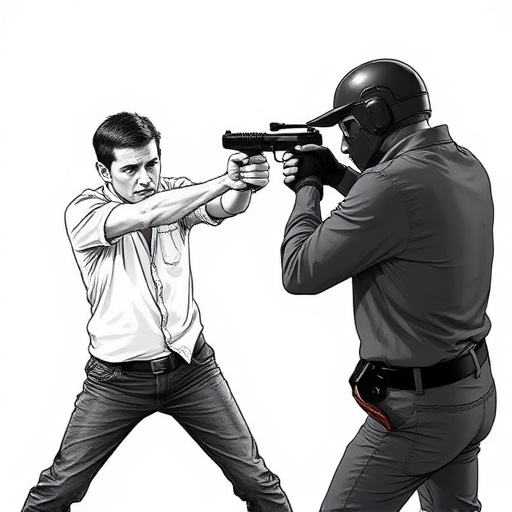
The spread pattern of electrical current is influenced by several key factors, each playing a critical role in determining the shape and intensity of the field. One of the primary considerations when analyzing current spread is the material properties of the conductors involved. Different materials have varying conductivities, which significantly alter how electric charges distribute and move across their surfaces. For instance, understanding how to charge a stun gun properly involves recognizing that its internal components’ conductivity directly impacts the current flow and, consequently, the device’s effectiveness.
Additionally, the geometry of conductors and their spatial arrangement influence current spread. Complex geometries can lead to intricate current patterns due to the interaction of various surfaces and edges. This is particularly relevant when examining high-voltage systems or designing electrical equipment, where precise control over current distribution is essential for safety and efficiency.
Measuring and Analyzing the Pattern
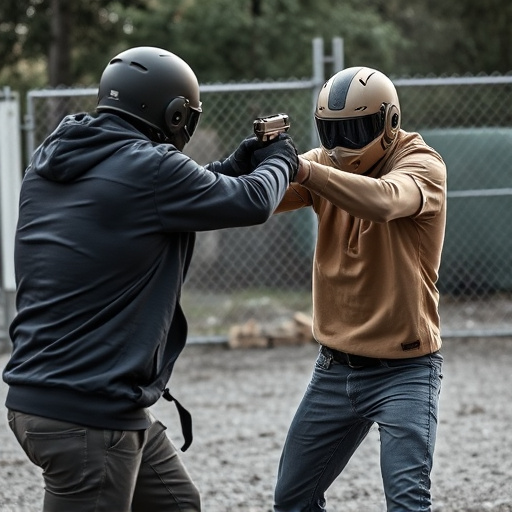
Measuring and analyzing the spread pattern of electrical current is a crucial step in understanding how a stun gun operates, especially when considering proper charging techniques for optimal performance. To accurately gauge this pattern, specialized equipment like oscilloscopes and ammeters are employed to visualize and quantify the current flow. These tools allow experts to study the waveform and amplitude of the current as it travels from the device’s electrodes to its target.
By analyzing these measurements, researchers can determine factors influencing current distribution—such as electrode design, material properties, and distance between them. This knowledge is essential in ensuring that a stun gun charges properly, delivering a controlled electric shock with precision. It also aids in identifying potential issues or inefficiencies, allowing for adjustments to maximize the device’s effectiveness while maintaining safety.
Optimizing Charge for Maximum Effectiveness
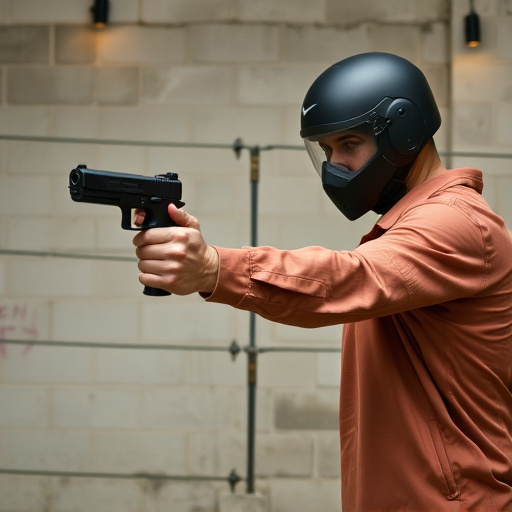
To ensure maximum effectiveness when using a stun gun, proper charging is paramount. Understanding and following the manufacturer’s guidelines for how to charge a stun gun is crucial. This typically involves plugging in the device to a compatible charger for a specified amount of time. The charging process replenishes the battery, ensuring the stun gun has the required electrical current to deliver a powerful shock when needed.
During the charging process, it’s important to avoid overcharging. Most modern stun guns feature built-in protections against overcharge, but users should still be mindful of charge cycles and replace the battery regularly as per the manufacturer’s recommendations. Optimizing charge not only enhances the stun gun’s performance but also extends its lifespan, ensuring it remains a reliable tool for personal safety.
Safety Precautions and Best Practices
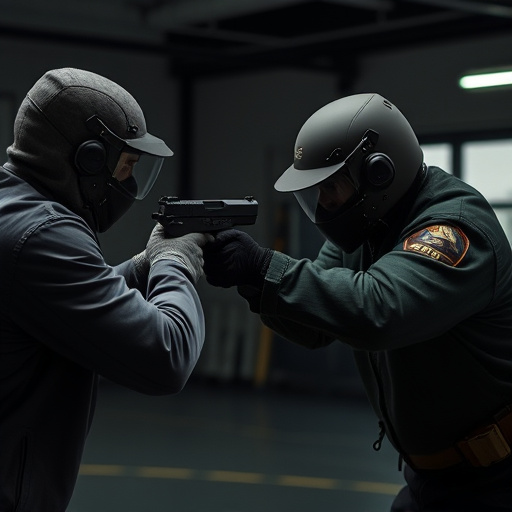
When analyzing the spread pattern of electrical current, especially in the context of less conventional devices like stun guns, safety should always be the top priority. Understanding how to charge a stun gun properly is crucial for both effectiveness and user safety. Always follow the manufacturer’s guidelines when handling any electronic device designed to generate high voltage, as improper charging could lead to malfunction, injury, or even worse.
Best practices include using only certified chargers designed specifically for your model of stun gun, ensuring proper contact between the charger and device, and avoiding exposure to moisture or extreme temperatures during charging. Regularly inspect charging cords and connectors for signs of wear or damage before each use. Additionally, keep charged devices away from flammable materials and out of reach of children to prevent accidental activation or injury.
Electrical current spread pattern analysis is a crucial aspect of understanding the effectiveness of stun guns. By delving into the factors affecting current distribution, measuring and optimizing charge, and adhering to safety precautions, users can ensure the proper deployment of stun devices for maximum effectiveness. Remember that the key to successful stun gun usage lies in knowing how to charge it properly, navigating the spread pattern with precision, and prioritizing safety practices.
